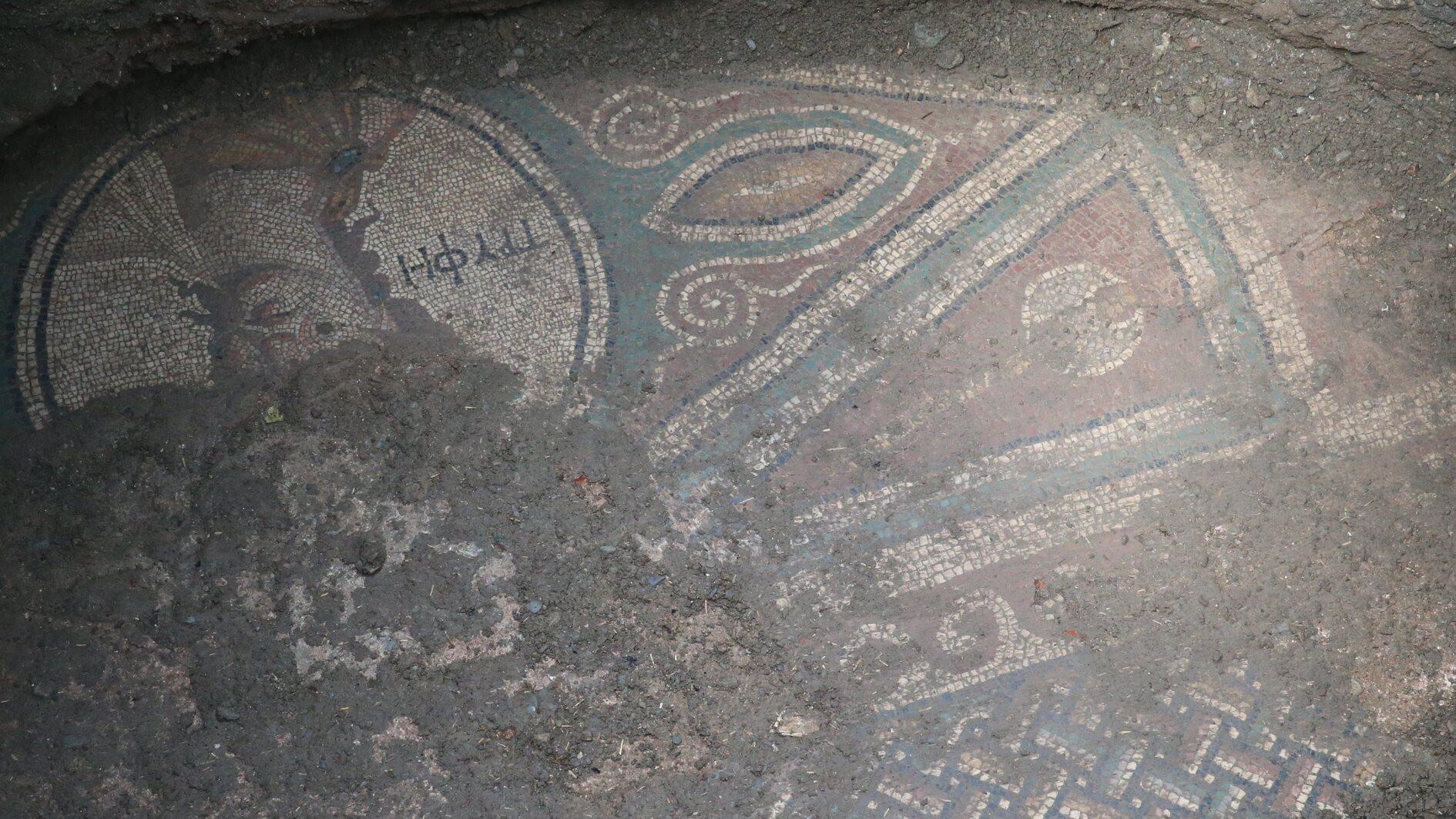
The recently discovered mosaic in an illegal excavation proves that Zile was an important center in history, says Murat Tekin, the head of Zile Castle Ancient Theater excavations and lecturer at Tokat Gaziosmanpaşa University's (TOGÜ) History Department.
Tekin reminded that in 47 B.C., after the Battle of Zela, Roman Emperor Julius Caesar wrote his famous “Veni, vidi, vici” (I came, I saw, I conquered) letter in Zile before sending it to Rome.
Tekin explained that the excavation at the ancient theater, located near Zile Castle, has been ongoing since 2022. “Looking at Zile’s history, we can trace it back to the Hittite period. In this context, the settlement was known as Anziliya during the Hittite period, Zela in antiquity, and today it continues to carry and preserve its ancient past under the name Zile,” he said.
Pointing out that the area where the mosaic was found is approximately 200 meters from the ancient theater excavation site, Tekin said, “This mosaic is related to the ruins in the lower city of Zile, which has always been an important center in antiquity with its ancient theater, castle, step tunnel, rock tomb and the modern-day Sakaia Festival, which is the extension of Zile Fair."
"The mosaic discovered in the illegal excavation once again confirms this. Although a detailed evaluation of the mosaic has not yet been made, we can say that it dates back to the Roman period. Additionally, the word ‘tyrphe’ found in the mosaic symbolizes comfort and luxury. If the excavation work is expanded towards the area where the mosaic was found, it will be a significant factor in promoting and boosting tourism in Zile,” he added.